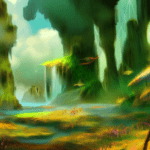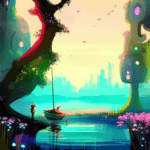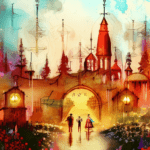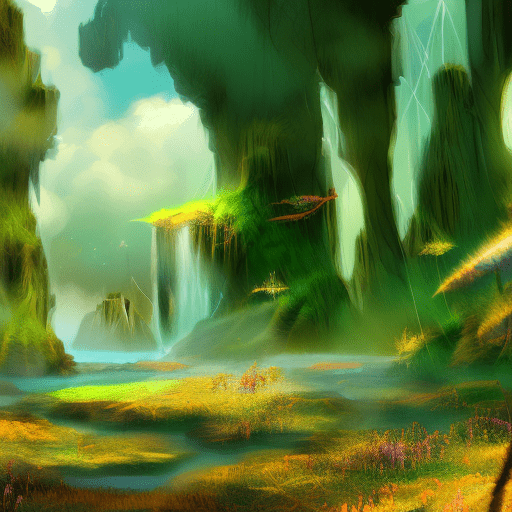The Wild Iris: A Journey of Nature, Loss, and Redemption
The Wild Iris, written by Louise Glück, is a collection of poems that explores themes of nature, loss, and redemption. Through the lens of various flowers and plants, Glück delves into the complexities of human emotions and experiences, offering a profound reflection on life’s struggles and the possibility of renewal. With its lyrical language and evocative imagery, The Wild Iris invites readers to contemplate the interconnectedness of the natural world and the human spirit.
Nature as a Mirror of Human Experience
In The Wild Iris, Glück uses flowers and plants as metaphors for the human condition, presenting them as mirrors that reflect our own struggles, desires, and emotions. Each poem focuses on a different flower, such as the iris, poppy, or daffodil, and through their growth, decay, and eventual rebirth, Glück explores the cycles of life and the universal themes of love, loss, and longing. The natural world becomes a canvas upon which human experiences are painted, allowing readers to find solace and understanding in the beauty and fragility of nature.
Loss and Grief as Catalysts for Transformation
Throughout the collection, Glück delves into the depths of loss and grief, exploring the transformative power of these experiences. The poems navigate the terrain of mourning, capturing the raw emotions that accompany the death of loved ones, the dissolution of relationships, and the passage of time. However, amidst the pain and sorrow, Glück offers glimpses of hope and redemption. She suggests that through the process of mourning, one can find a renewed sense of purpose and a deeper appreciation for life’s fleeting moments.
The Search for Meaning and Spiritual Connection
The Wild Iris also delves into the search for meaning and spiritual connection. Glück contemplates the existence of a higher power and the role of faith in navigating life’s challenges. Through her exploration of the natural world, she suggests that nature itself can be a source of spiritual solace and guidance. The flowers and plants in the collection serve as symbols of resilience and renewal, reminding readers of the cyclical nature of existence and the potential for growth and transformation.
Key Takeaways:
- The Wild Iris uses flowers and plants as metaphors for human experiences, inviting readers to find solace and understanding in the beauty and fragility of nature.
- The collection explores the transformative power of loss and grief, suggesting that through mourning, one can find hope and redemption.
- Glück contemplates the search for meaning and spiritual connection, suggesting that nature itself can serve as a source of solace and guidance.
As Glück beautifully captures in The Wild Iris, life is a delicate balance of joy and sorrow, growth and decay. Through the exploration of nature and the human experience, she reminds us of the interconnectedness of all living things and the resilience of the human spirit. The collection serves as a poignant reminder that even in the face of loss and hardship, there is always the possibility for renewal and transformation.
“You must take your chances as they come. The sea breaks through its barriers. Anemones, the fragile and the soft, are torn apart—but they survive.” – Louise Glück, The Wild Iris
In this quote, Glück encapsulates the essence of her collection, emphasizing the resilience and survival of delicate beings like the anemones. It serves as a reminder that despite the challenges we face, there is always the potential for growth and renewal.












